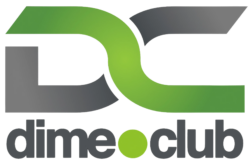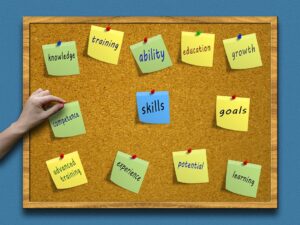
In an ever-evolving marketplace characterized by rapid technological advancements, shifting consumer behaviors, and dynamic economic conditions, organizations must be agile and perceptive to foster growth. The concept of “Mind the Gap” serves as an apt metaphor in this context, highlighting the importance of identifying and addressing the gaps between current performance and potential opportunities. In this article, we will explore the different dimensions of these gaps and how businesses can harness them to achieve unforeseen growth.
Understanding “The Gap”
At its core, the gap represents the difference between an organization’s current state and where it could be if it efficiently capitalizes on opportunities. This includes gaps in knowledge, technology, market trends, and customer expectations. Identifying these gaps enables businesses to uncover potential avenues for growth that were perhaps not previously recognized.
Types of Gaps
1. Knowledge Gaps
Knowledge gaps refer to the disparity between what organizations know and what they need to know to satisfy their customers and outperform their competitors. In this fast-paced digital age, staying informed about industry trends, consumer preferences, and emerging technologies is crucial.
For instance, companies relying on outdated market research might miss out on significant shifts in consumer demand, such as the increasing preference for sustainable products. Identifying these knowledge gaps enables businesses to pivot and develop offerings that resonate with modern consumers.
2. Technological Gaps
Technological advancement is relentless. Companies that fail to adopt new technologies risk falling behind. A technological gap occurs when an organization does not leverage the tools and platforms available to enhance operational efficiency or customer experience.
For example, many retailers are adopting artificial intelligence (AI) and machine learning to personalize customer recommendations. Firms that lag in these areas may find themselves unable to compete effectively, missing out on opportunities for customer engagement and increased sales.
3. Market Gaps
Market gaps are identified when there is a disconnect between existing products and consumer needs or when market segments remain underserved. These gaps present significant opportunities for businesses willing to innovate and explore new markets.
Businesses must conduct thorough market research to uncover these gaps. This may involve analyzing demographic shifts, preferences, and consumption patterns to identify niches that competitors have overlooked.
4. Customer Experience Gaps
With ever-increasing expectations for exceptional customer service, gaps often arise between what customers expect and what businesses deliver. Identifying these customer experience gaps can lead to significant improvements in retention, loyalty, and ultimately profitability.
Organizations must actively solicit feedback, observe customer interactions, and analyze performance metrics to understand where enhancements are needed. For example, a company might find that its customer service response times do not meet customer expectations, which can be addressed to foster deeper customer relationships.
Strategies for Identifying and Bridging Gaps
1. Conduct a SWOT Analysis
A SWOT (Strengths, Weaknesses, Opportunities, Threats) analysis can provide a structured approach to identifying gaps. By understanding internal strengths and weaknesses alongside external opportunities and threats, businesses can pinpoint areas that require attention and strategize accordingly.
2. Use Data Analytics
The power of data cannot be overstated. Leveraging analytics helps businesses uncover hidden patterns and insights about consumer behavior and market trends. By employing data-driven decision-making, organizations can identify gaps with precision and act swiftly.
3. Engage with Stakeholders
Engaging with employees, customers, and suppliers can provide invaluable insights into potential gaps. Surveys, interviews, and focus groups can reveal areas where improvements may lead to unforeseen growth.
4. Pilot Innovative Solutions
Once gaps are identified, businesses should consider piloting innovative solutions to address them. Testing new ideas in a controlled environment enables organizations to measure effectiveness and refine their approach before full-scale implementation.
Case Studies: Successful Gap Bridging
1. Airbnb
Airbnb capitalized on a significant market gap by providing alternative lodging options to travelers seeking budget-friendly accommodations and unique experiences. By leveraging technology and user-generated content, Airbnb transformed the hospitality industry, proving that identifying a gap can lead to disruptive innovation.
2. Lego
Faced with declining sales and outdated offerings, Lego identified gaps in its product line and customer engagement strategies. By focusing on digital experiences, collaborations with popular franchises, and community engagement, Lego repositioned itself as a leader in creative play, leading to a resurgence in popularity.
Conclusion
The mantra “Mind the Gap” serves as a crucial reminder for businesses to be vigilant and adaptive in the face of change. Identifying opportunities hidden within gaps can lead to unexpected growth and innovation. By adopting a proactive approach through thorough analysis, data utilization, and stakeholder engagement, organizations can unlock their potential and thrive in an increasingly competitive landscape. Embracing this mindset not only fosters growth but also enables companies to build a more resilient foundation for the future.







